Fabulous Phlox Varieties: Try These Beautiful Options For Beds, Borders, Groundcover, And Containers
There are phlox varieties for just about every gardening need. Explore our experts' favorites to find one (or a few!) that will add charm to your space.
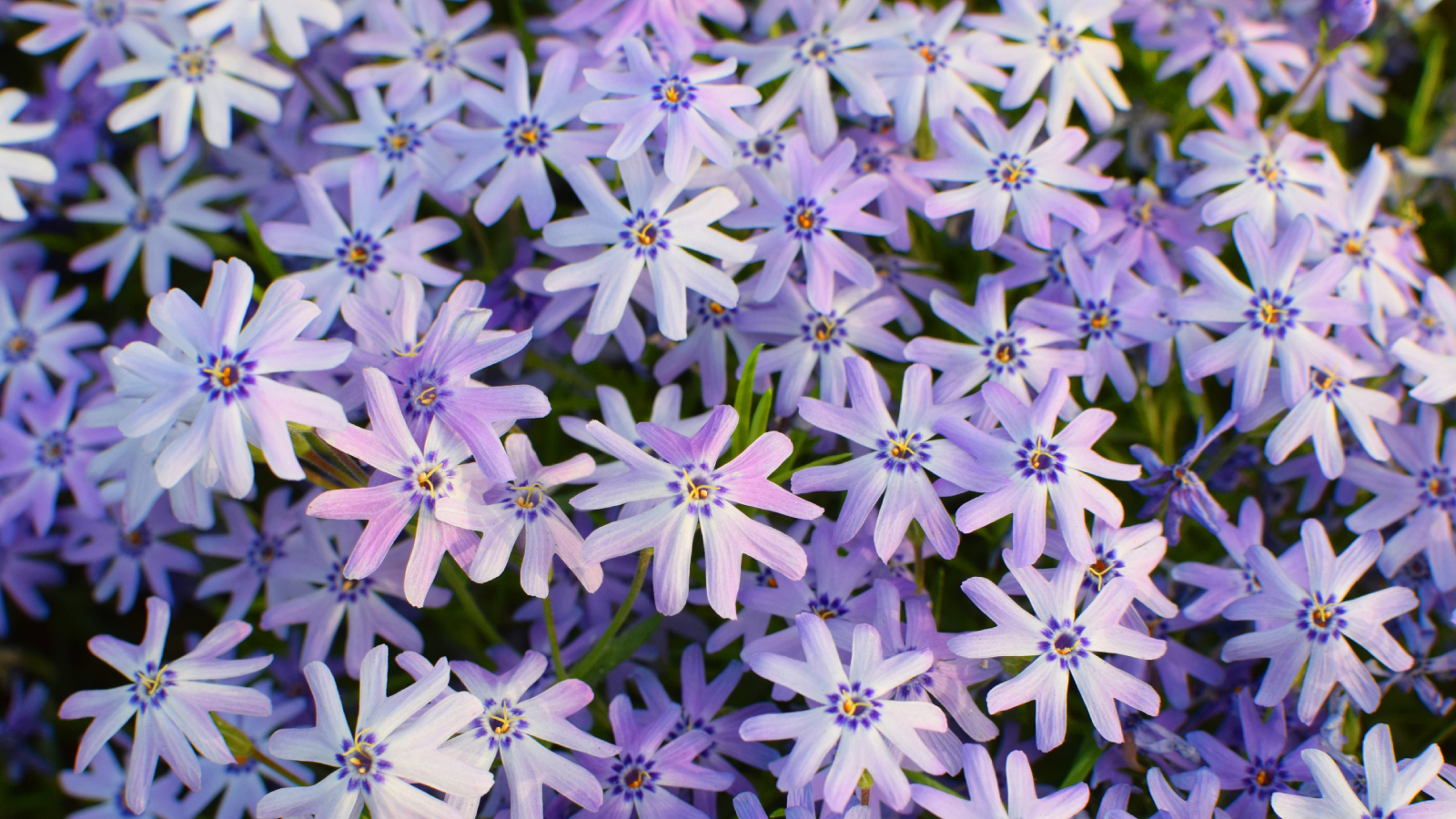

Known for their beauty and appeal, phlox are certain to dazzle both growers and garden visitors. Plants are equally at-home within the landscape, and when grown in pots and containers.
There are more than 60 phlox species that are native to North America. Gardeners can expect some variation between species, with annual and perennial phlox varieties boasting their own special characteristics.
This guide serves to explore such traits in greater depth, helping growers to better determine the best phlox varieties for their own garden spaces.
Choosing The Best Phlox For Your Garden
Phlox species will vary in a number of ways. Growth habits and the cultural needs of each type will be of key importance. This is especially true of the plants’ light needs and temperature and soil preferences. Gardeners will also need to account for each variety's size at maturity and bloom period.
While many types will perennialize, returning on a seasonal basis, others may require planting annually. Several of the most attractive phlox cultivars available to home growers can be found below.
Garden Phlox
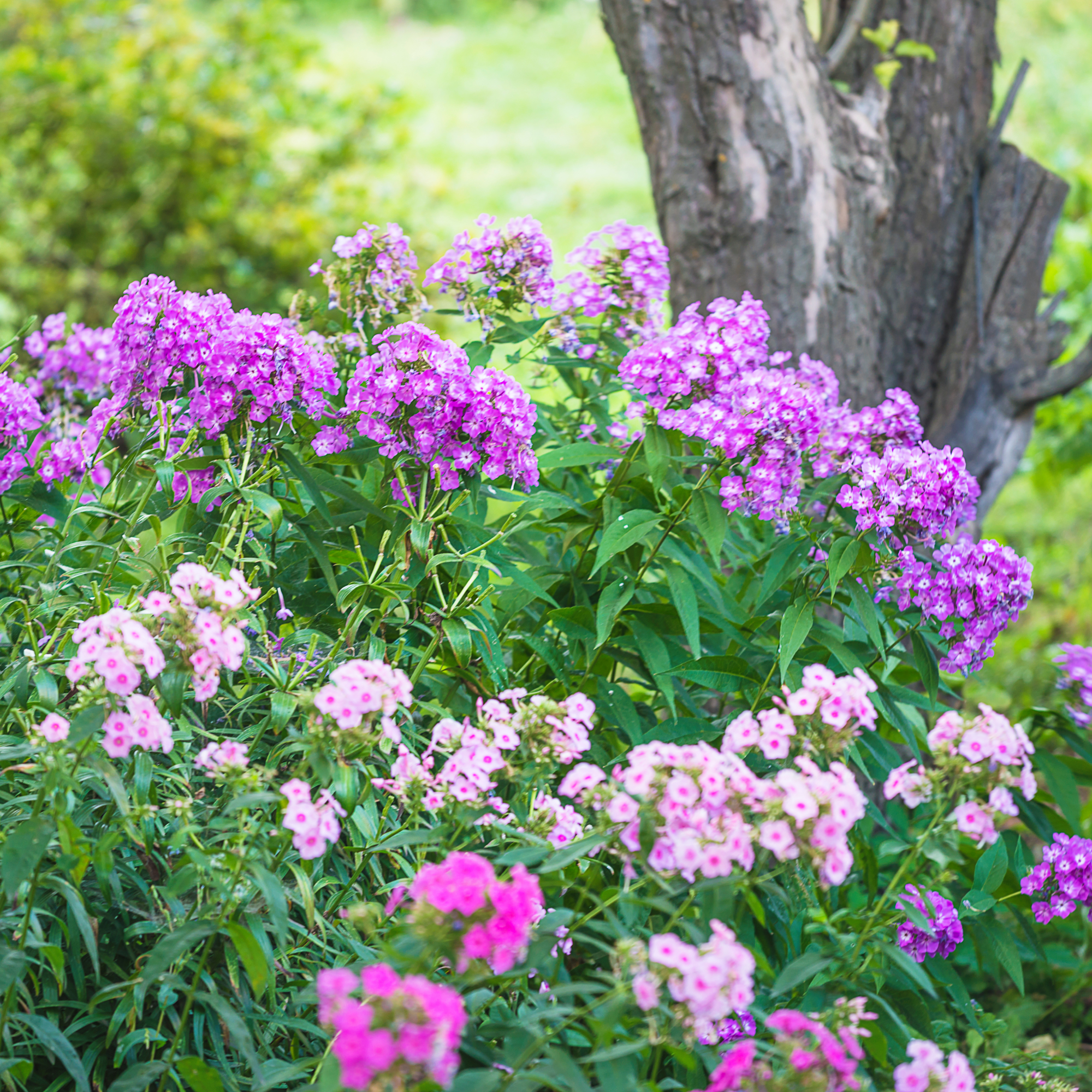
Garden phlox plants add a nice vertical element to a garden or container planting. Phlox paniculata varieties love the sun and the large clusters of flowers are showy atop their stems that can reach up to 4 feet (1.2 m) tall.
- ‘Amethyst Pearl’ - True to its name, this variety is treasured for its small amethyst-pink florets. Growers can expect garden phlox varieties like ‘Amethyst Pearl’ to perform dependably, returning each season through USDA zone 4.
- ‘Blue Paradise’ - ‘Blue Paradise' phlox is praised for its vibrant color and dramatic foliage. Lavender-blue blooms are held high, contrasting nicely against their green-purple stems. Many note the plant's unique ability to “change color,” with tones differing according to light.
- ‘Norah Leigh’ - Popular among flower farmers and landscapers, ‘Norah Leigh’ remains among the most sought-after varieties of phlox. Variegated foliage offers growers special interest, adding depth to garden beds and containers. Delicate pink-white blooms only further their appeal, persisting through summer and into fall.
- ‘Red Riding Hood’ - Like many varieties of garden phlox, those growing ‘Red Riding Hood’ for the first time are likely to note its immense fragrance. Deeply-colored florets further contribute to the plant’s use within a warm summer color palette.
- ‘Ultraviolet’ - ‘Ultraviolet’ is best known for its striking magenta hues. On especially sunny days, garden flowers seem to "glow.” This makes it a valuable addition to pollinator gardens, attracting large numbers of bees and other beneficial insects with ease.
Creeping Phlox
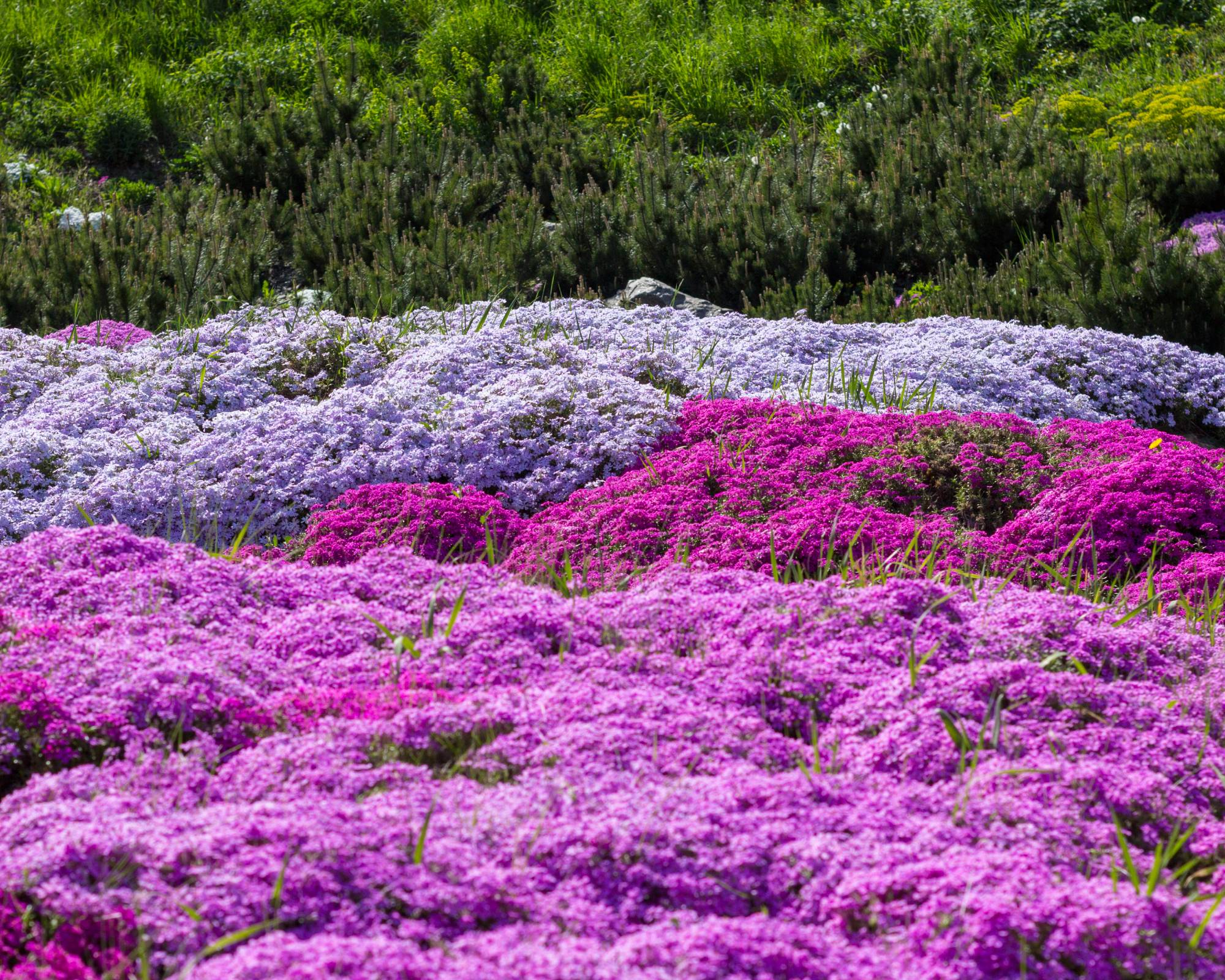
Creeping phlox is an easy-growing groundcover that adds magic to any size garden each spring. They can be used to drape over a retaining wall, cover bare spots in a bed, or spill from the sides of a container planting.
Sign up for the Gardening Know How newsletter today and receive a free copy of our e-book "How to Grow Delicious Tomatoes".
- ‘Amazing Grace’ - Also known as moss phlox or "thrift", creeping varieties are valued most for their low-growing habit. ‘Amazing Grace’ phlox makes for an exceptional ground cover, filling beds with pristine white blooms.
- ‘Apple Blossom’ - ‘Apple Blossom’ phlox are well-suited to use in the home landscape. Plants will also thrive under container culture, quickly filling and spilling from pots through summer. Those growing the variety for the first time can expect large numbers of white flowers, each with a distinctive pink center.
- ‘Candy Stripe’ - Standing out among others, ‘Candy Stripe’ was first popularized due to its uniquely patterned white-pink blooms. Small flowers, produced in abundance, open to form a veritable carpet of color throughout beds. Growers can expect plants to multiply quickly where conditions are ideal, rewarding gardeners with lasting seasonal beauty.
- ‘Drummond's Pink’ - ‘Drummond's Pink’ phlox is beloved for its delicate cascading habit. Flowers flow freely from plants through spring, attracting large numbers of pollinators with their brilliant color. Plants will perform best when positioned in full sun, with beds receiving at least 6-8 hours of direct light each day.
- ‘Eye Candy’- Creeping phlox varieties like ‘Eye Candy’ are certain to please those in search of bright color. Prolific plants yield a multitude of lavender florets, each with a deeply colored center. The cultivar has proven especially attractive when planted en masse or in mixed containers.
Woodland Phlox
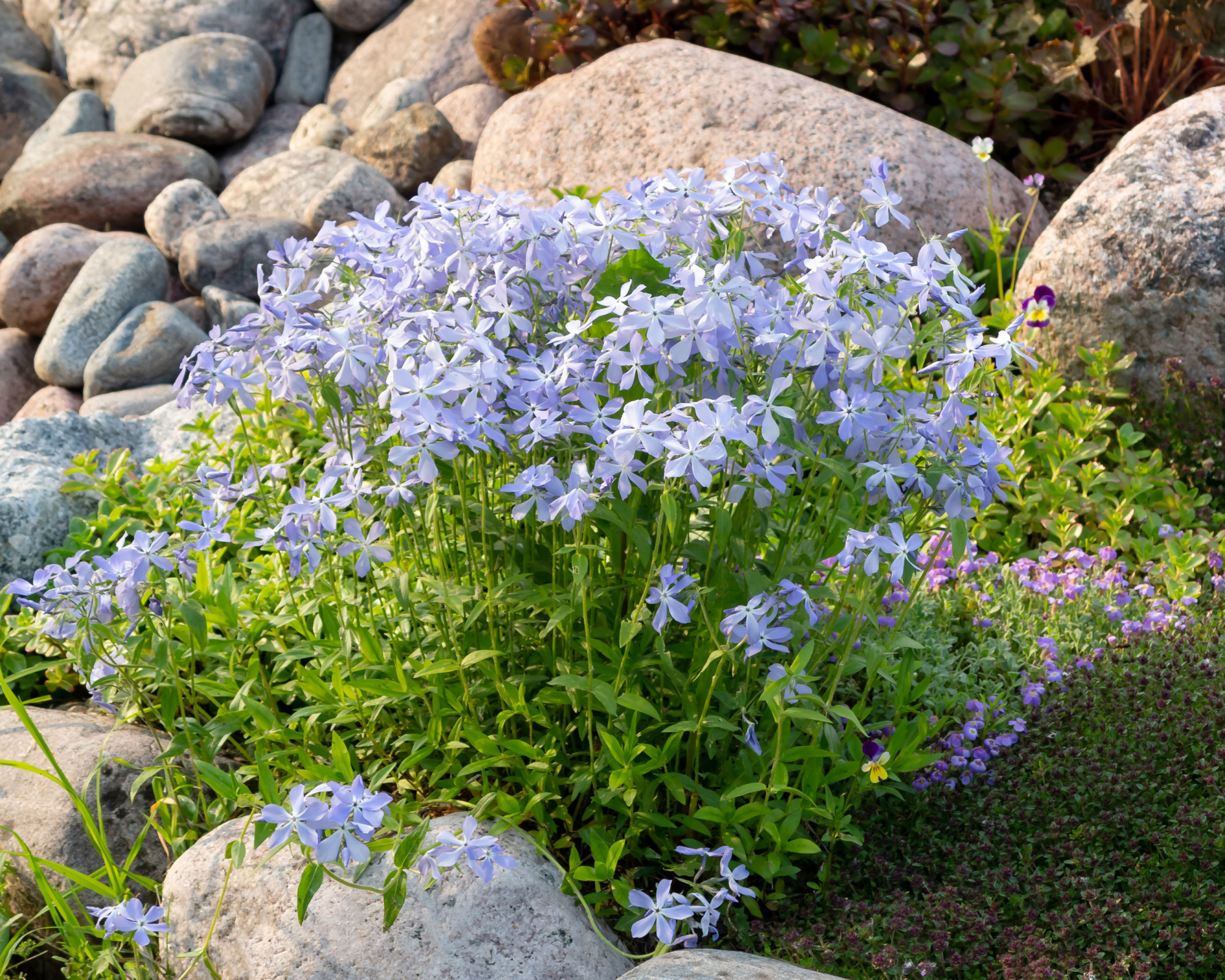
Woodland phlox varieties (Phlox divaricata) are native to the eastern U.S. and thrive in the shade. Also called wild blue phlox, they are a relative of creeping phlox but, typically, spread more slowly.
- ‘Blue Moon’ - Native wildflowers, like ‘Blue Moon’ woodland phlox, make for an excellent addition to naturalized spaces. Woodland species will thrive under shaded conditions, making good companions to a variety of other spring-blooming species.
- ‘Clouds of Perfume’ - Like other woodland types, ‘Clouds of Perfume phlox are ideal for those looking to add both color and fragrance to the early spring garden. Blooms are held high above foliage, each opening to reveal a stunning collection of lavender-blue petals.
- ‘May Breeze’ - Popular among white phlox varieties, ‘May Breeze’ is best known for its clean, airy blossoms. Plants grow quickly to form large mounds, and serve as an invaluable source of food to early-season pollinators.
Spotted Phlox
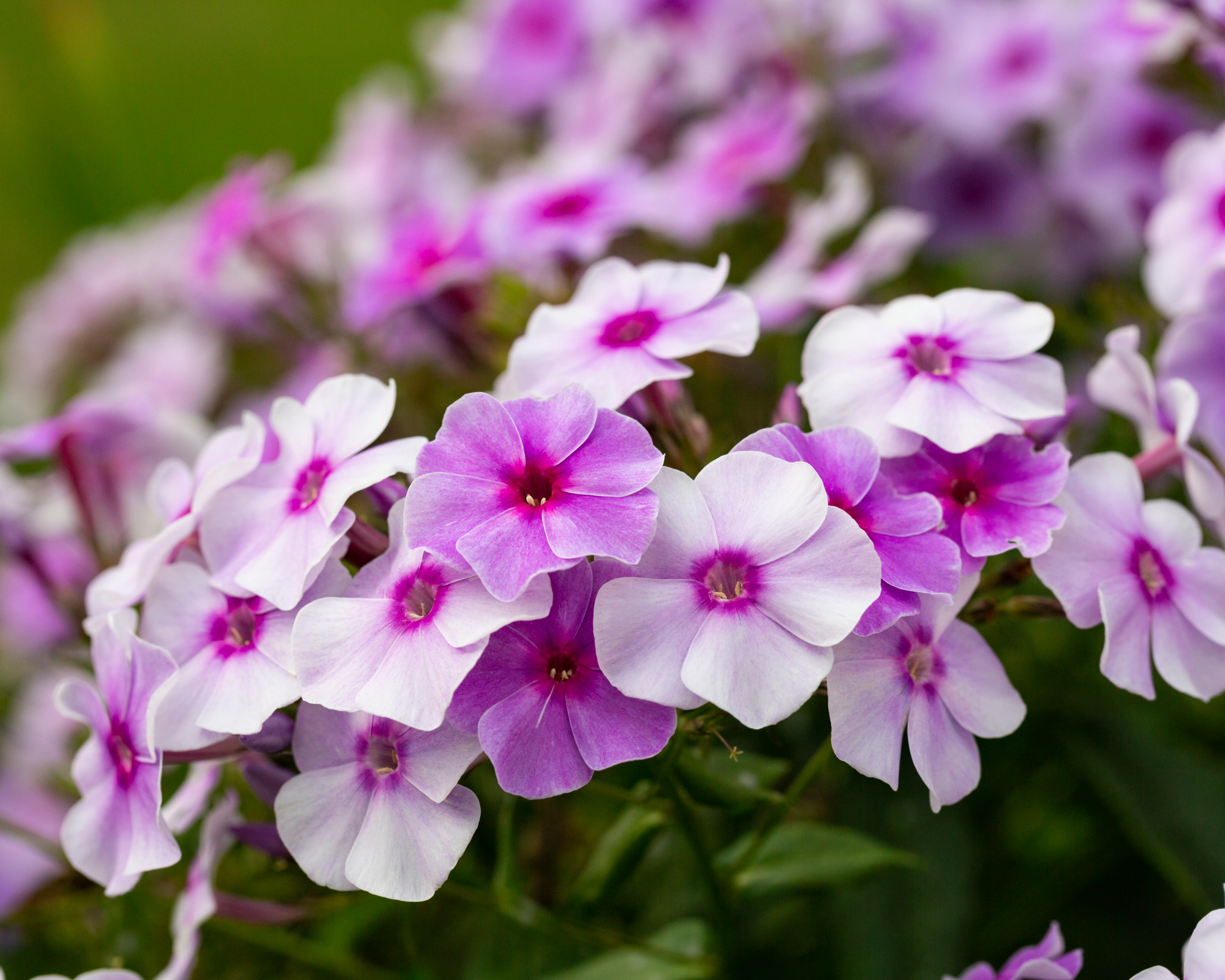
Spotted phlox (Phlox maculata) is found in the eastern United States and has tiny purple spots on stems. They are autumn bloomers and attract hummingbirds and butterflies.
- ‘Alpha’ - Varying from more traditional garden types, ‘Alpha’ phlox will produce flowers atop slender stems. Though plants will demonstrate an impressive tolerance to powdery mildew, especially heavy blooms may occasionally droop. It is for this reason that most growers choose to make use of the plant throughout wildflower beds and other, more naturalized spaces.
- ‘Omega’ - ‘Omega’ is yet another disease-resistant variety of phlox. Its sleek stems hold flowers high above plant foliage. White blooms are found to be highly fragrant, each dotted with a darker pink center. Plants are considered hardy throughout USDA zones 3-9.
Prairie Phlox
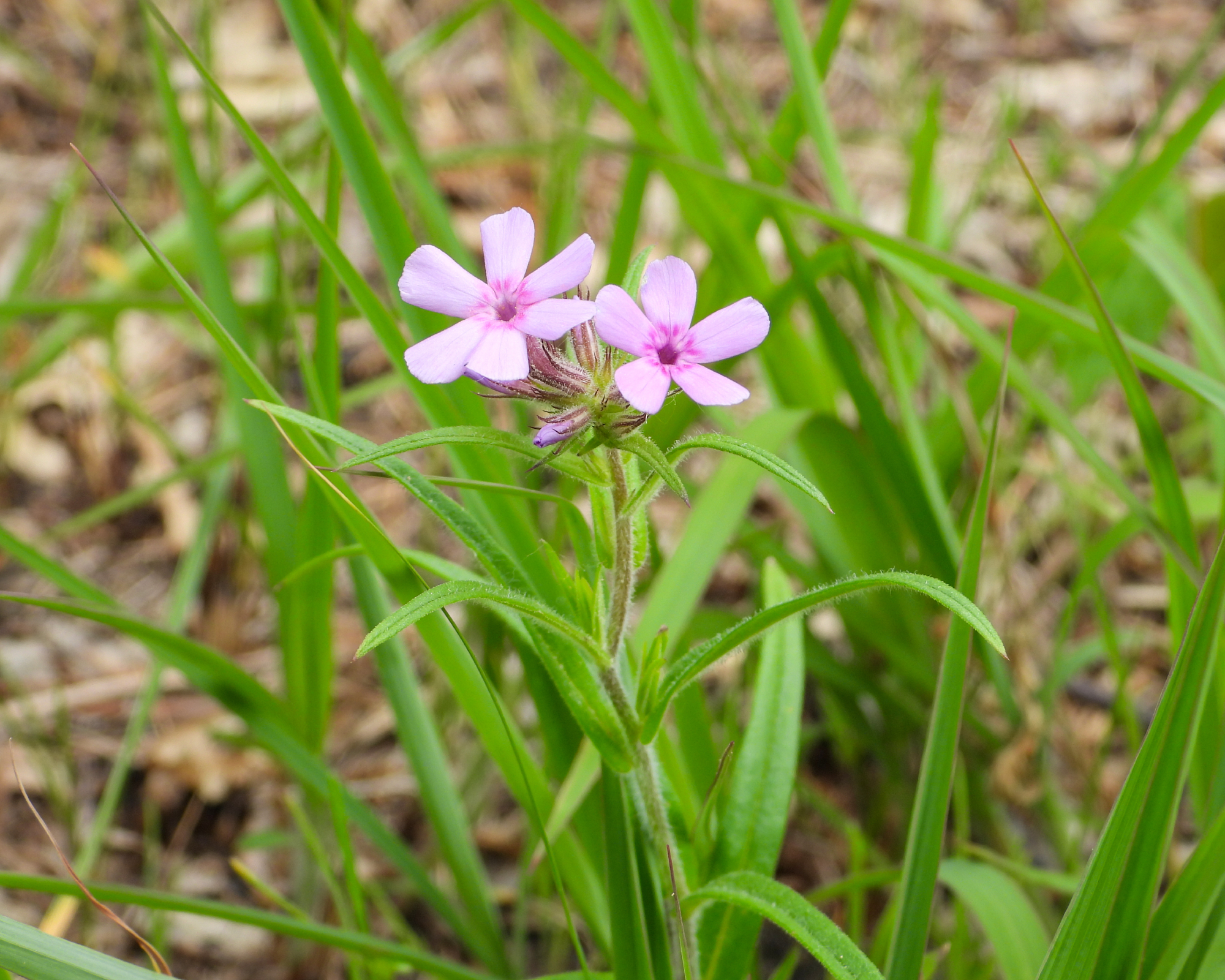
Prairie phlox (Phlox pilosa) is also known as downy phlox because of the fine white hairs that cover the stems, leaves, and parts of the flowers.
- ‘Bonnie’s Pink’ - Underrated as a perennial, ‘Bonnie’s Pink’ phlox serves as a haven to pollinators. Plants thrive when grown in rich, fertile soil. Ample light and moisture further contribute to flower production, resulting in magnificent summer displays.
This article features products available from third party vendors on the Gardening Know How Shop. Keep in mind that our plant inventory is limited - so if you’re thinking of purchasing, don’t wait!
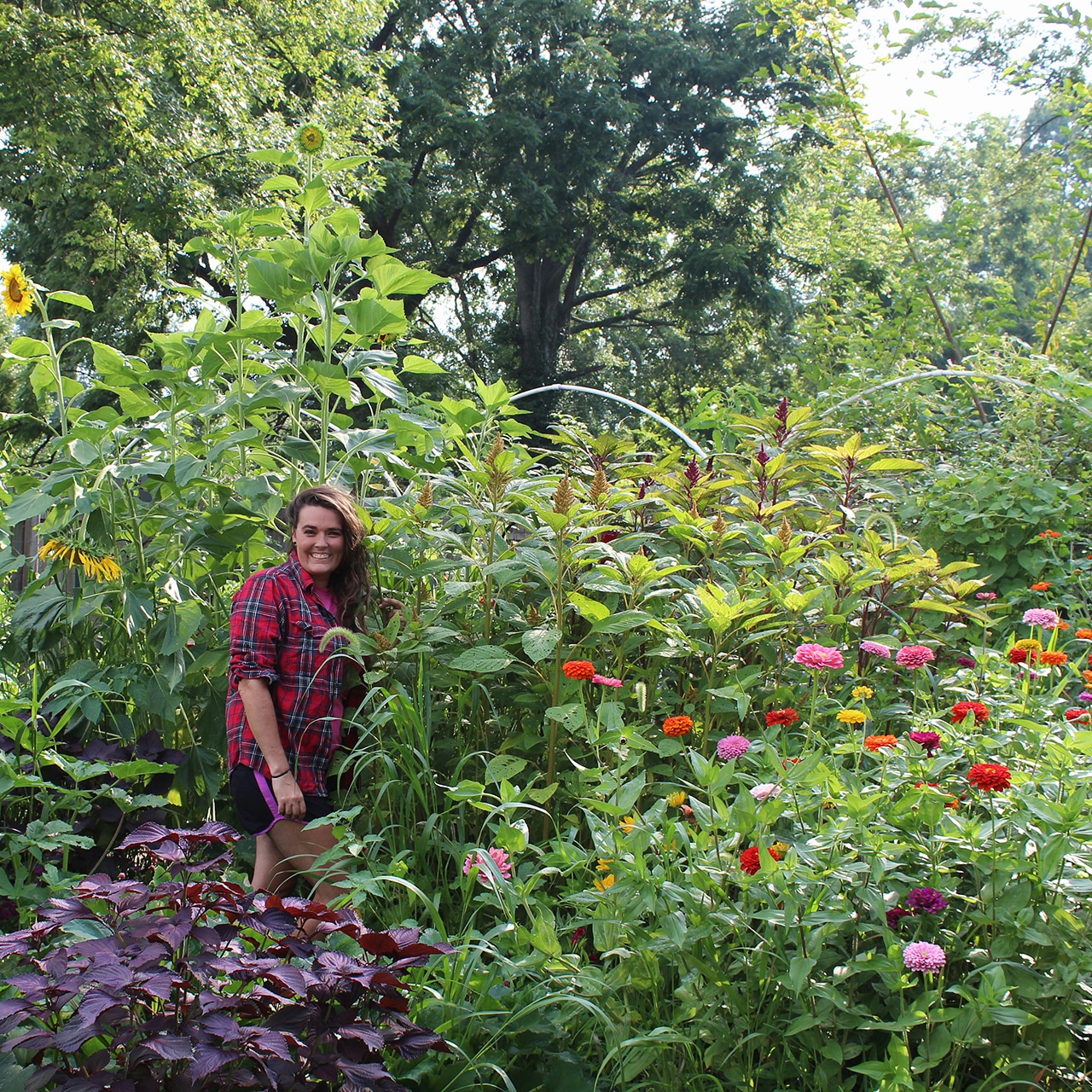
Tonya Barnett has been gardening for 13 years. Flowers are her passion. She has transformed her backyard into a cut flower garden, which she regularly chronicles on her YouTube channel http://www.youtube.com/@tonyawiththeflowers.